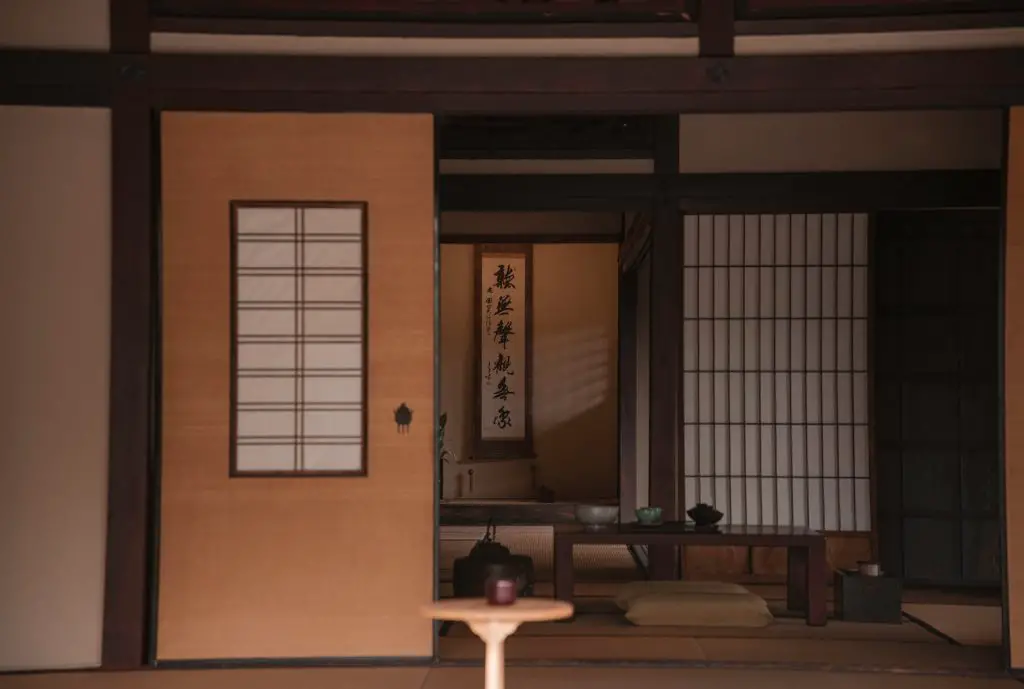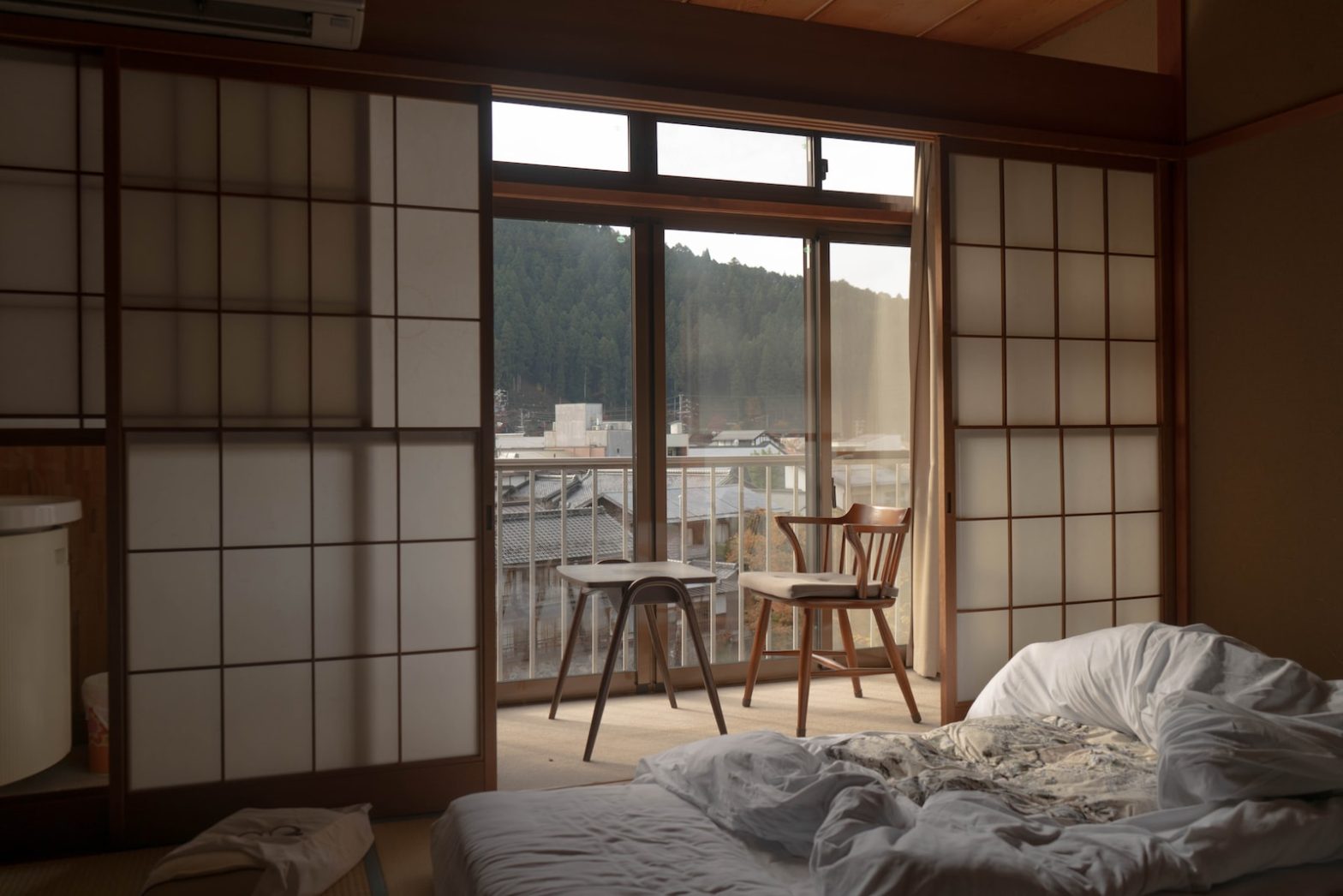Table of Contents
Are Japanese Futons Good for Side Sleepers?
Introduction
Japanese futons are a type of mattress that is typically filled with cotton or other natural fibers. They are often used as an alternative to traditional Western-style mattresses, and they can be rolled up and stored away when not in use.
However, there are some drawbacks to using Japanese futons, and it is important to weigh the pros and cons before making a purchase.
Are Japanese Futons Good for Side Sleepers?
If you’re looking for a thin and flexible mattress, a Japanese futon may be a good option for you. However, keep in mind that these futons can be quite uncomfortable for side sleepers. You should add a foam mattress topper for some comfort when you are a side sleeper.
If you sleep on your side, your mattress will usually need some time to accommodate your shoulders and hips.

- Are Japanese Futons Good for Side Sleepers?
- Introduction
- Are Japanese Futons Good for Side Sleepers?
- What is a Japanese futon?
- Pros of sleeping on a Japanese futon
- Cons of sleeping on a Japanese futon
- Key Takeaways
- What is the difference between a futon and a shikibuton?
- FAQs about Japanese futons
- How to choose the best Japanese futon for you?
- Is it Bad Feng Shui to Have a Bed Facing the Door?
- Can I Use a Futon on a Bed Frame?
- Conclusion
What is a Japanese futon?
A Japanese futon, originally called Shikibuton, is a slim, rectangular futon that is typically filled with cotton and rolls to provide users with comfort -they may however not be as comfortable as a western style mattress. They are available in a variety of bed sizes so that they bring your bedroom in alignment with modern conveniences. They are foldable to create a sitting mat or you can simply roll up and store them away.
Pros of sleeping on a Japanese futon
- Futons can be rolled up and stored away when not in use, which makes them very space-efficient
- Japanese futons are usually made from natural materials, which makes them more environmentally friendly than traditional mattresses
- They tend to be less expensive than traditional mattresses, making them a budget-friendly option
Cons of sleeping on a Japanese futon
- Japanese futons are typically not that comfortable than Western-style mattresses, especially if you are a side sleeper
- Japanese Futons may not be as durable as traditional mattresses, and they may need to be replaced more often
- They can be difficult to find in stores, and it may be necessary to order them online
- Shipping costs can add to the overall cost of a Japanese futon, making it less budget-friendly than initially thought
Key Takeaways
- Japanese Futons may not be comfortable for side sleepers
- Japanese Futons can be rolled up and stored away
- Japanese Futons are environmentally and also budget friendly
What is the difference between a futon and a shikibuton?
A futon is a type of mattress that is popular in the United States and Europe. It is a thick, plush mattress that is usually used on the floor. Sleeping on the floor is natural for monks and also popular among pregnant women.
A shikibuton, on the other hand, is a thinner and more lightweight mattress that is popular in Japan where people sleep on the floor regularly.
A futon mattress is typically thicker and more comfortable than a cotton shikibuton, thanks to its thicker material. Additionally, a futon mattress will hold its shape better than a cotton shikibuton, which is more traditional. As a result, side sleepers may find that a futon mattress is more comfortable and supportive than a shikibuton.
Read more about how to sleep comfortable on the floor.
FAQs about Japanese futons
What are Japanese futons made of?
Japanese futons are typically made of cotton, polyester fiber, and foam. Some brands may use different materials, but these are the most common.
How much do Japanese futons cost?
Prices for Japanese futons vary depending on the brand, size, and materials used. However, you can expect to pay anywhere from $100 to $500 for a quality futon.
Are Japanese futons good for side sleepers?
Yes, Japanese futons can be good for side sleepers as they provide support and comfort. However, it is important to choose a futon that is specifically designed for side sleepers in order to get the best results.
Is sleeping on a Japanese futon comfortable?
If you’re looking for a bed that will last, a Japanese futon is perfect. Some pros of sleeping on a Japanese futon include the fact that it is very compact and can be moved around easily, making it perfect for tight spaces. Another pro is that they’re surprisingly comfortable, especially if you’re used to sleeping on harder or other traditional mattresses.
Is sleeping on a Japanese futon healthy?
On the plus side, Japanese futons are a popular choice for people looking for a comfortable way to sleep. The thin design of Japanese futons makes them a good choice for people who are looking for a healthy way to sleep. There are a variety of Japanese futon mattresses to choose from, so you can find one that is right for you.
On the downside, some people find that sleeping on a Japanese futon can be uncomfortable. Additionally, because they are thin, they may not provide enough support for some people.
How to choose the best Japanese futon for you?
When it comes to choosing a Japanese futon, there are a few things you’ll want to keep in mind. First, consider your needs and preferences. Do you need a lot of cushioning? Are you looking for durability?
It’s important to choose a futon that provides the right balance of comfort and support for your needs.
Futons are a type of mattress
Futons are a type of mattress that is designed to support a person’s weight in a variety of positions. They are also designed to absorb shock, which makes them ideal for people who suffer from back or neck pain.
Futons are traditionally used in Japan
Japanese futons are not meant for leisure activities, but are only used for sleeping. Japanese futons need to be aired out every day to prevent mold and funky odors.
Futons are made from different materials
Futons are traditionally made from natural materials like cotton or wool, but they can also be made from synthetic materials like latex or polyester.
Cotton and wool futons are soft and comfortable, but they can eventually get tough. A futon with a natural latex core remains elastic even when it gets tough. Synthetic materials like polyester or nylon may be less comfortable but they’re more durable.
Level of support
When choosing a futon for side sleepers, it’s important to consider the level of support that you need. A softer futon may be more comfortable for side sleepers but it may not provide enough support if you have a lot of body weight. Conversely, a firmer futon may provide better support but it may be less comfortable for side sleepers.
Futons can be filled with different fillings
Futons can be filled with a variety of materials, including cotton, horsehair, reeds, and rice straw. Each type of filling has its own benefits.
Cotton
Cotton is a breathable material that is initially hypoallergenic. This makes it a good choice for people who are allergic to other materials. The cover is important too and may include a thin layer of foam for better support.
Horsehair
Horsehair is a durable material that will last for many years. It is also very breathable, making it a good choice for people who want their futon to be comfortable in all seasons.
Reeds and rice straw
Reeds and rice straw are both natural materials that are environmentally friendly. They are also very breathable, making them good choices for people who want their futon to be comfortable in all seasons.
Futons can be used for different purposes
Futons are a space-saving piece of furniture that can be used for a bed, sitting area, or couch. The cushioned mat makes it comfortable to sit or sleep on. A Japanese futon is a minimalist futon that uses the same concept as a futon to provide sleeping space.
Is it Bad Feng Shui to Have a Bed Facing the Door?
According to bed position feng shui guidelines, having a bed directly facing the door is generally considered bad. In this arrangement, the energy entering the room is believed to disturb your sleep, affecting your overall well-being. It is recommended to position your bed in a way that allows for a sense of security and promotes restful sleep.
Can I Use a Futon on a Bed Frame?
Futons are traditionally placed on the floor, but can also be used on a bed frame. One downside is that they may not be as comfortable as traditional mattresses since they tend to be thinner and less supportive.
Conclusion
Japanese futons are firm and supportive, which can help prevent pain in the back. They are also relatively affordable and easy to find. However, there are a few downsides to consider.
Futons may not be as comfortable as a western style mattress. If you are considering a futon for your side sleeping needs, be sure to try it out before you buy it.
- 10 Dreamy Victorian-Inspired Bedroom & Sleepwear Sets - May 13, 2025
- 10 Best Cottagecore Bedroom Sets With Matching Sleepwear - May 13, 2025
- Why Leopard Print Makes Perfect Sleep-To-Style Moments - May 13, 2025

